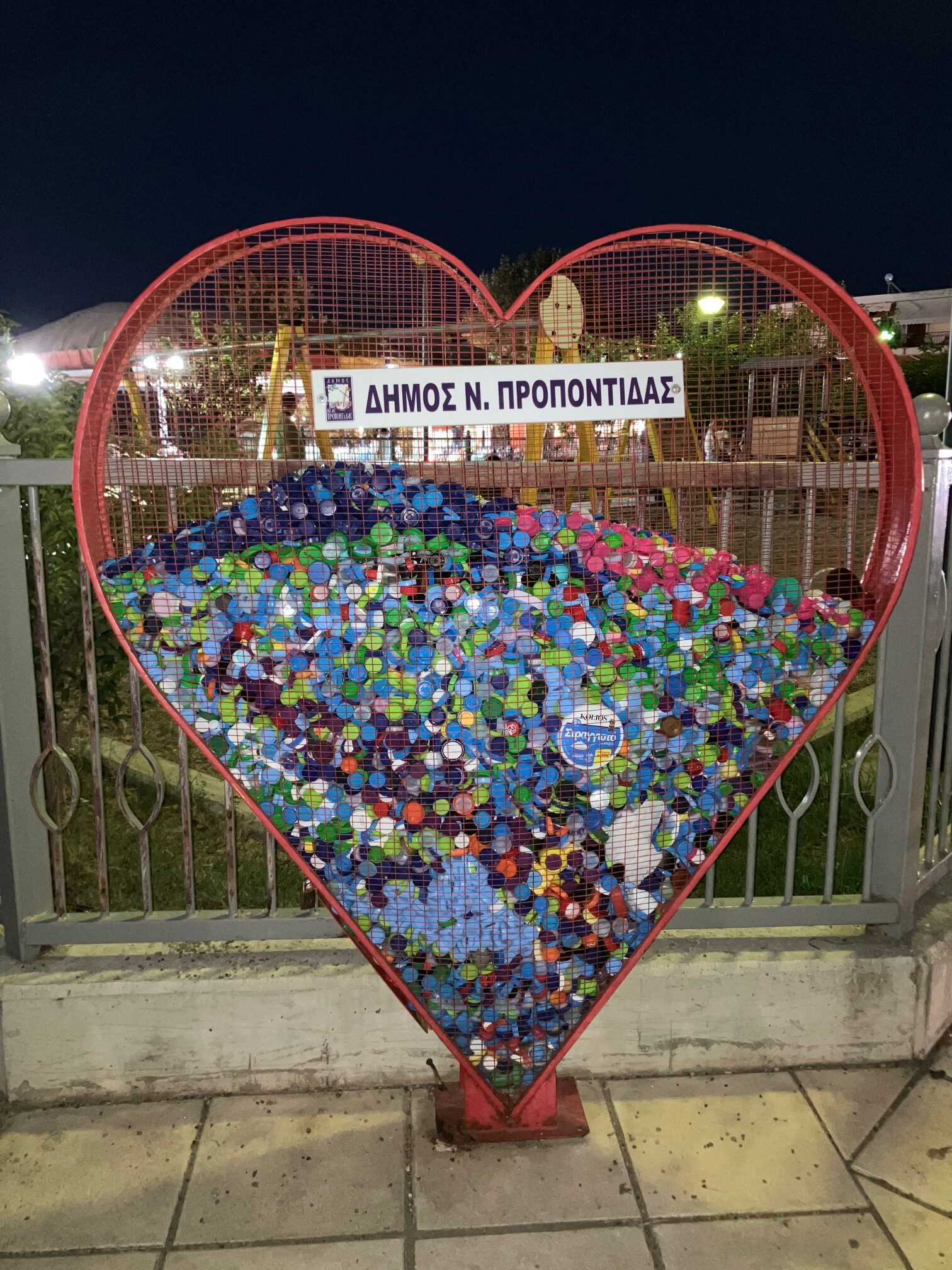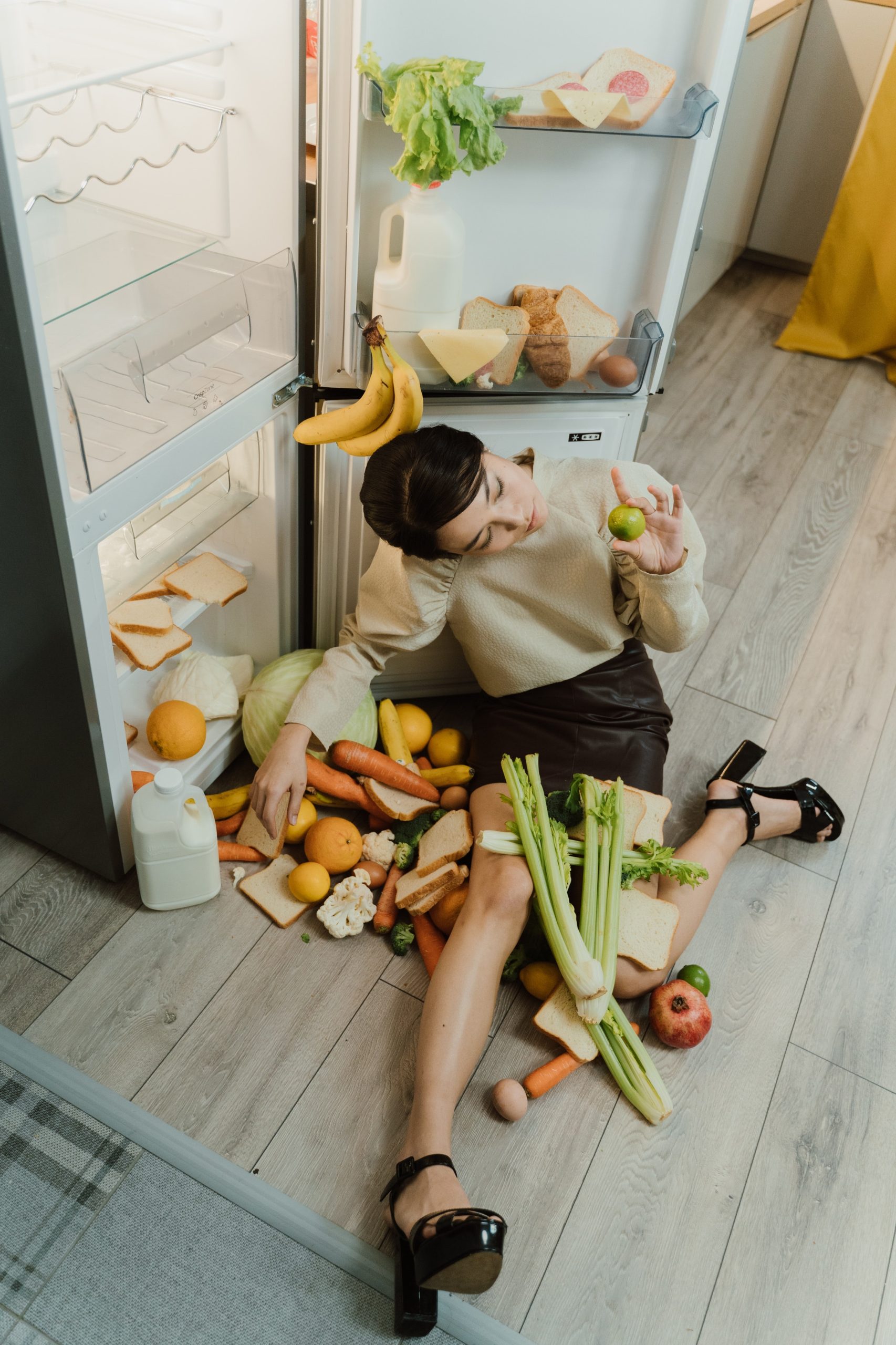What would your dream green Christmas look like?
I recently joined a ‘Crap-Free Christmas’ webinar (online session) hosted by Jen Gale, author of the Sustainable(ish) Living Guides and website, and all of us taking part were asking ourselves this question.
You know the waste hierarchy of Reduce, Reuse, Recycle? Jen has added another layer that’s especially relevant for Christmas – Rethink. As in, let’s rethink Christmas. We had a go at this during the session.
The problem
- Twenty per cent of gifts are unwanted. One in 10 go to landfill.
- £220m is spent on Christmas jumpers every year. A quarter of these will be worn only once.
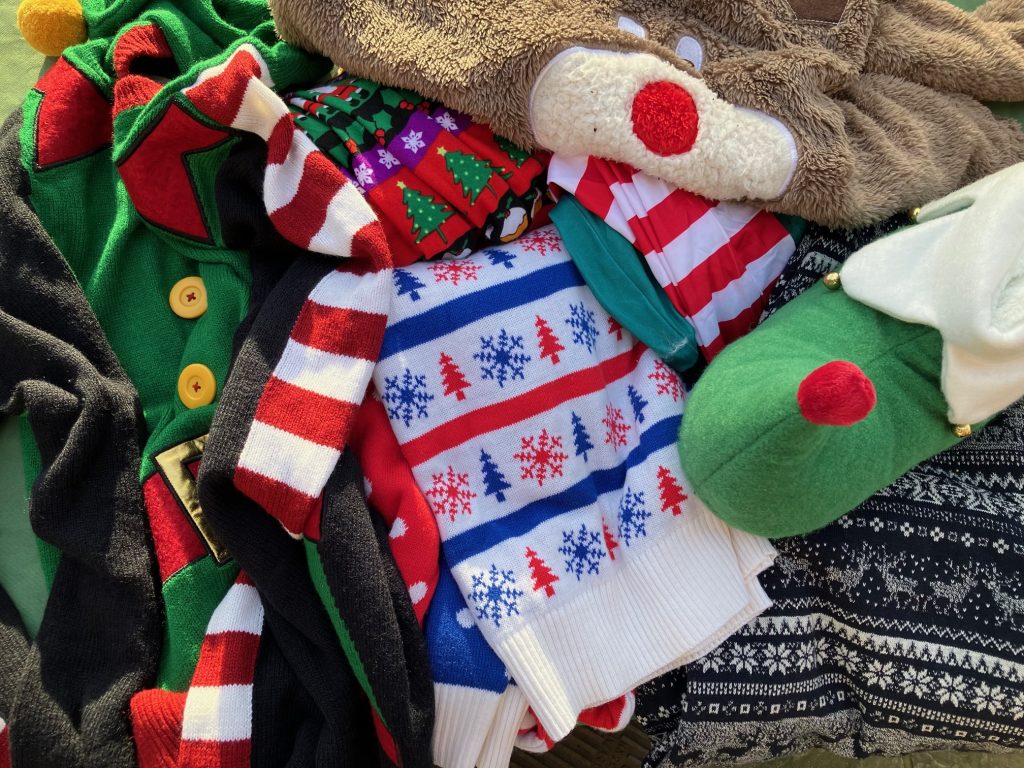
- £280m is spent on office Secret Santas.
- The miles of wrapping paper used at Christmas would almost reach to the moon.
- A third of festive food is wasted – 250,000 tonnes; that would make 4.2m Christmas dinners. Two million turkeys and 74 million mince pies go to waste.
- Council waste collections rise by 30 per cent at this time of year.
Some solutions
First ask yourself, what do I want Christmas to mean to me and my family?
We are made to feel we should want a festival of excess and consumption. But when asked that question in the webinar most people answered: down time, daft games, shared times, rest, relaxation. If your ‘love language’ (the way you express love) centres on presents, try to imagine alternatives, such as offering experiences, home-made gifts or volunteering your services.
We discussed how to take away some of the tension that builds up at this time of year. One suggestion was to slow down and avoid panic buying. Then start a conversation with the like-minded souls in your life about how you might do things differently.
And start small – aim to change just one thing this year.
Gifts
- Don’t guess, ask! Why buy random things in a mad spending rush just to get it out of the way when you could find out exactly what a person would like? And play your part too by having suggestions ready when people ask what you or your kids would prefer.
In her blog about the (Festive) Waste Hierarchy, Jen gives the reminder that the last stage of the hierarchy – Rot – also includes composting. She advises those who don’t yet have a council food waste collection to ‘consider asking Santa for a hot composter to go in your garden.’ We couldn’t agree more!
- Make a pact to keep receipts so gifts can be exchanged.
- Do a family Secret Santa (someone suggested Elfster – the online Secret Santa gift generator). Or a second-hand Secret Santa – get a second-hand book, for example, or give a book that you’ve enjoyed. Try WOB (World of Books) – the second-hand online book shop.
- Resist novelty gifts – they’re usually wasted.
- Try charity shops for stocking fillers and Christmas jumpers.
- Buy locally and ethically. Make a pact that 50 per cent of gifts will come from local shops.
- Make treats as gifts and look out for containers throughout the year to present them in. (This is especially good for pupils to give to teachers). Jen recommends her favourite fudge recipe which can be adjusted with festive flavours. I tried this out last week as a thank you gift for some work colleagues, one of whom is vegan. So I made a vegan version by using coconut ‘double cream’. I’ll admit that something went a bit wrong with the consistency – I don’t know if it was me or the coconut cream. Let’s blame the cream. To avoid accusations of fudge fraud, I renamed the treats vanilla drops. They were still delicious, even though I had to issue a health and safety warning to suck rather than chew or they’d superglue themselves to unsuspecting teeth. They were greatly appreciated, especially by the vegan recipient. It’s the thought that counts, I told him.
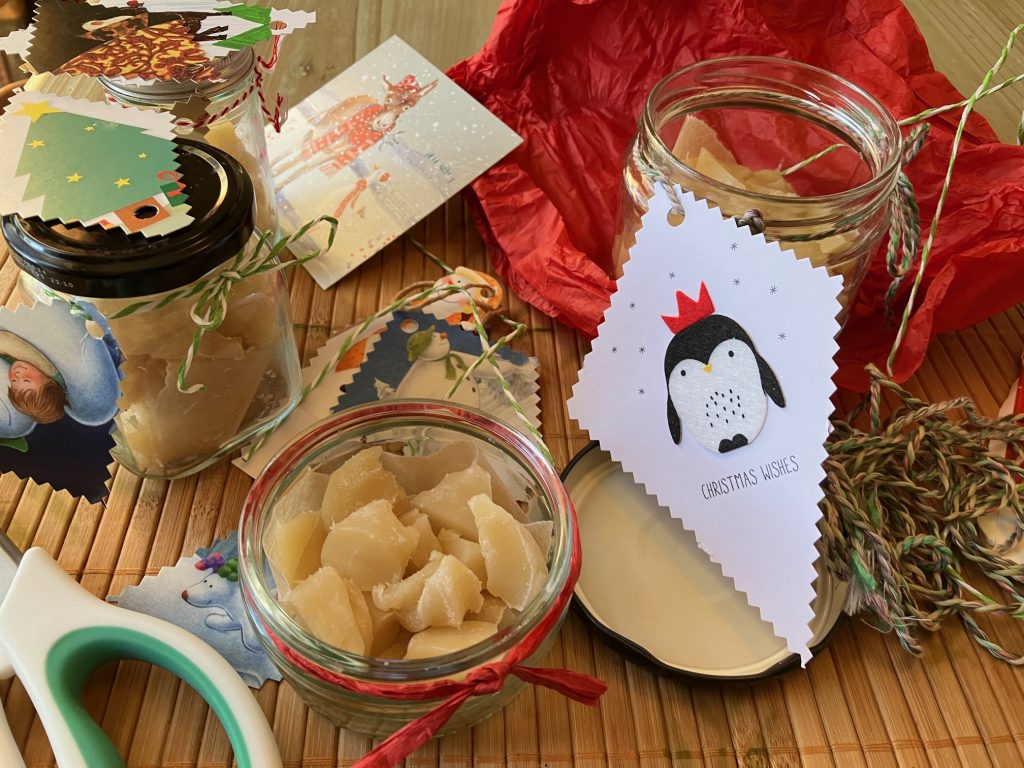
It’s the thought that counts – festive vegan ‘vanilla drops’.
Wrapping
- Use gifts bags and keep recirculating them.
- Babipur and Cascayde sell paper-based tape that can be recycled.
- Furoshiki is a Japanese custom of wrapping gifts in a square piece of reuseable cloth. There are methods online that take seconds to learn.
- Use fabric samples to wrap gifts. The recipient can reuse the fabric afterwards for crafting.
- For larger gifts, use wallpaper samples, which can also be used to make gift tags.
- Tie up presents with co-ordinating jute twine, cotton ribbon, or long thin strips of fabric.
Cards
The carbon footprint of cards comes not just from the card and paper but also the postal service. Could you send an e-card or make a phone or video call instead to loved ones, especially those in far-flung places?
The modern custom of pupils giving cards to everyone in the class uses two trees’ worth of card and paper per school. Start a conversation about this – suggest the children send one card to the whole class and put them on display or have a Card Secret Santa. This would of course also alleviate the stress of getting kids to write 29 cards or giving up and writing them all yourself. Yes, I’ve been there. Madness.
Food
- Beef and lamb have the biggest carbon footprint as a Christmas dinner. Turkey has three times the carbon footprint of chicken. My son who moans every year ‘Why can’t we just have chicken?’ will be delighted to hear this.
- Have an ‘Eat me first box/shelf’ in your fridge to avoid food waste.
- Use the Olio app, which helps you to beat waste by sharing and finding things in your local area.
- Make a meal plan for the festive fortnight.
Christmas outfits
- How about suggesting that your children’s school holds Christmas jumper swaps (or Buy a Jumper for £1 stall)? You could also swap other dressing-up outfits, such as Halloween, or World Book Day.
- If you already have a Christmas jumper, you don’t need a new one. The one you’ve got will last for, oooh…..life.

Rudolph’s return – you can wear him next year – and the next….
Tree
- If you have a fake tree already, the most sustainable option is to keep on using it and pass it on if you decide you no longer want it. We’ve had our fake tree for years and – humblebrag alert – we bought most of the decorations when we moved into our first house in 1990. We don’t do fashion when it comes to Christmas. Because it’s Christmas.
- Rent a tree – look up local firms that offer this service: you rent a tree in a pot and return it after Christmas to be replanted.
At this point in the discussion Jen showed us photos of her alternative trees – there was the green-painted egg-box tree (don’t try this at home) but also the more successful and lovely pom-pom tree that all the family had a hand in making, using freecycled wool. Her husband has also made an impressive pallet tree, which I think has a cool Scandi vibe.
During the webinar, it was great to see people sharing their own easy wins in the chats. One commentator said she cooked most of the Christmas dinner on Christmas Eve to make the big day easier. Hearing other people’s ideas opens your eyes to what’s possible.
To finish off, we all made commitments for ourselves. I decided that our Christmas Day meal should only include three vegetable side dishes. Yes, I am aware of how pathetic this sounds now I’ve written it down but don’t judge me, I’m resisting decades of family conditioning here – my mother never met a vegetable she didn’t serve up on Christmas Day. Jen suggested that we could have a family vote about which dishes should be included. This is such a good idea because if anyone complains I can blame Jen. It stands to reason that the more side dishes there are the more waste there will be.
As we signed off, I felt cheerful and optimistic. Crap-free Christmas, I think I’ve got this.
Update
Since the webinar, I’ve done the following:
- Asked people for their gift preferences: My mum, a war baby eco-warrior, asked for bokashi spray for her bokashi bin. I will take her at her word but also give her a voucher for a meal at her favourite local restaurant. My sister-in-law asked for her favourite perfume and told me how long it usually lasts (I’ll take that as a hint). My adult sons were offered a choice between boxer shorts and socks, bought from the Impact Positive company Bamboo Clothing).
- Taken the jam jar idea a stage further by filling them with an ‘I owe U’ for each of my sons, who love eating but not cooking, promising them a meal of their choice cooked to their faffy specifications (without complaining).
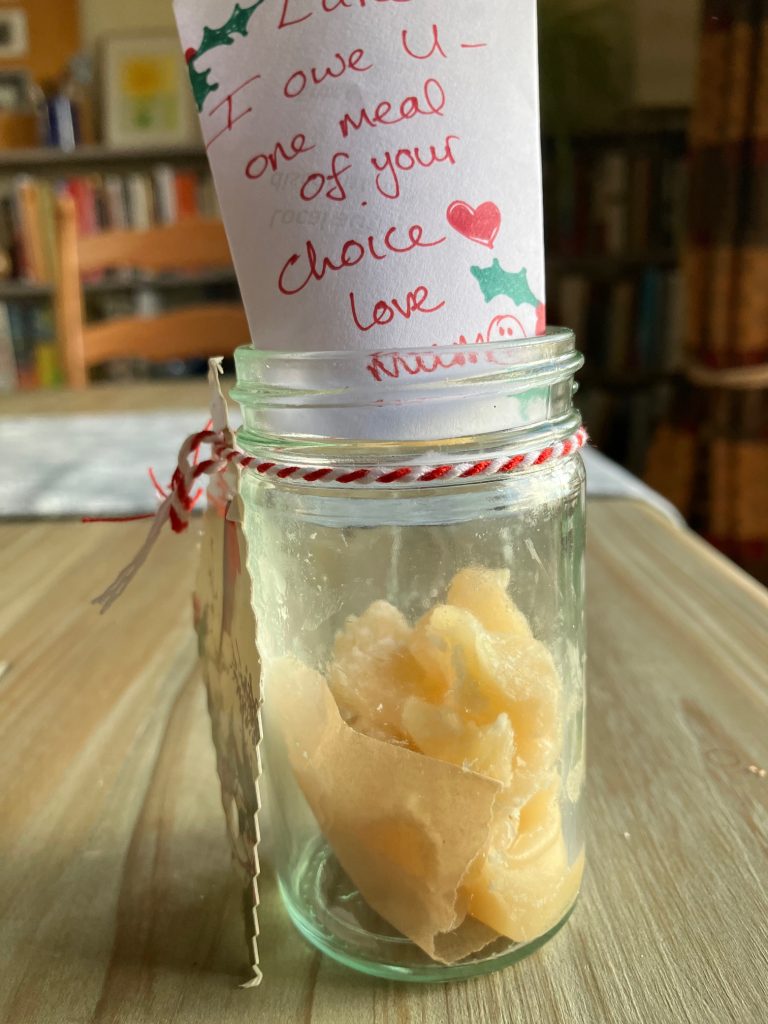
- Sought everybody’s opinions on the turkey/chicken question and there were no objections to having chicken.
- Tried furoshiki – this is a revelation. It’s so easy and looks nice. You could buy square scarves from charity shops or just use remnants.
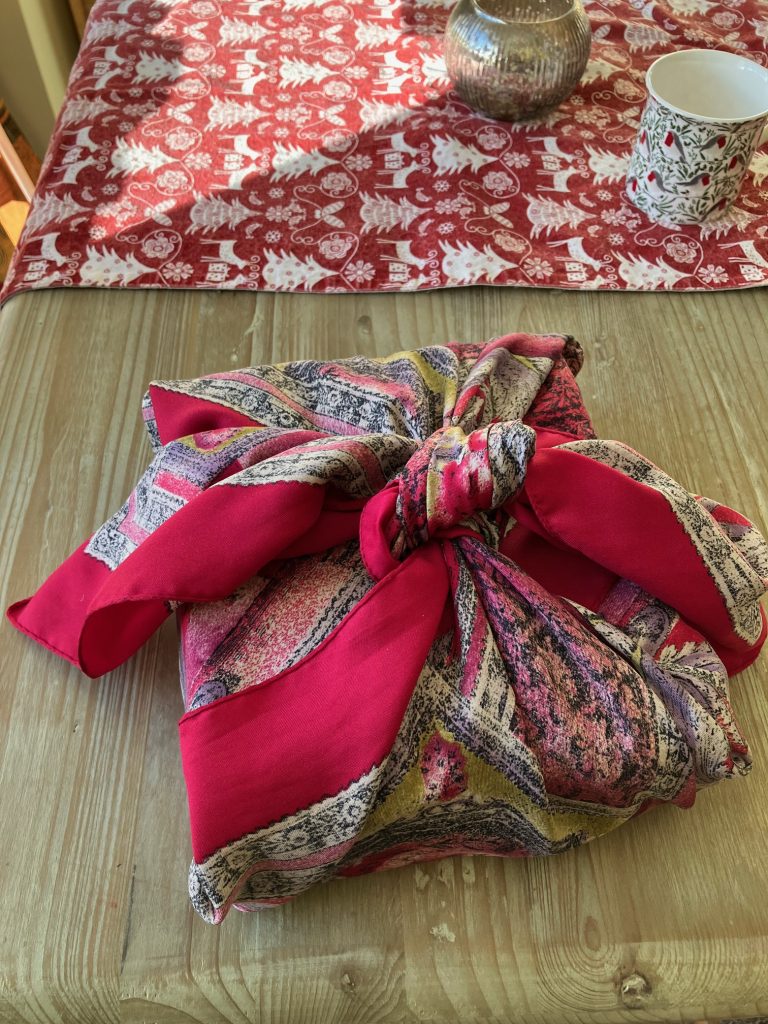
A gift wrapped furoshiki-style, above – so much easier and prettier than how this gift came to me from my son last Christmas, below. Before you reproach me for being harsh to a child, can I point out he’s 29?
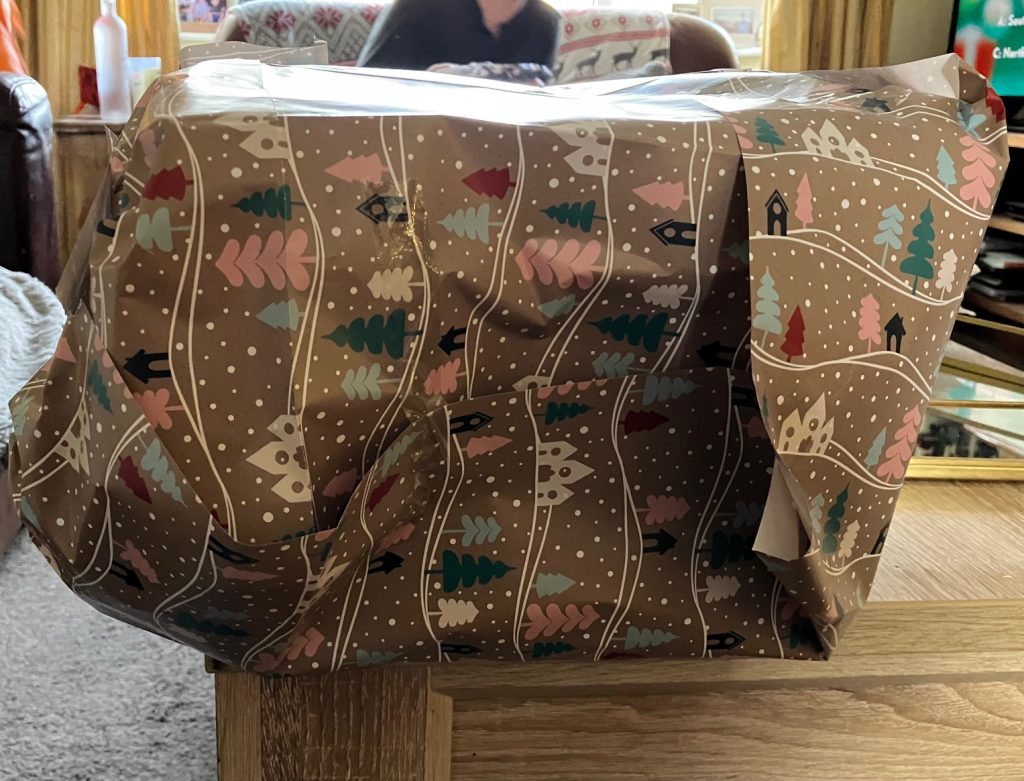
- Had a side dish vote – oh my word, why was this so hard? My phone kept pinging with questions – Are potatoes included in the three, or are they assumed? Can two forms of potato – roast and mash – count as one vote? Can’t we just do a long list in order of preference? Are two pea choices – mushy and garden – one choice? This is an ongoing process. I should have started it at Halloween.
- WOB – another revelation. I bought second-hand books for my husband, sons and myself. (I came across Cold Comfort Farm, which I’ve always wanted to read. I’ll regift it afterwards.) Julie
For more ideas check out:
- Crap-Free Christmas Course Crap-free Christmas course..!
- A Sustainable Life – Sustainable(ish) – The home of easy, everyday sustainability for the #imperfectlygreen (asustainablelife.co.uk)


